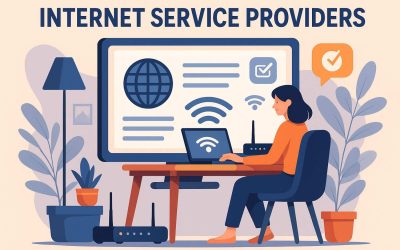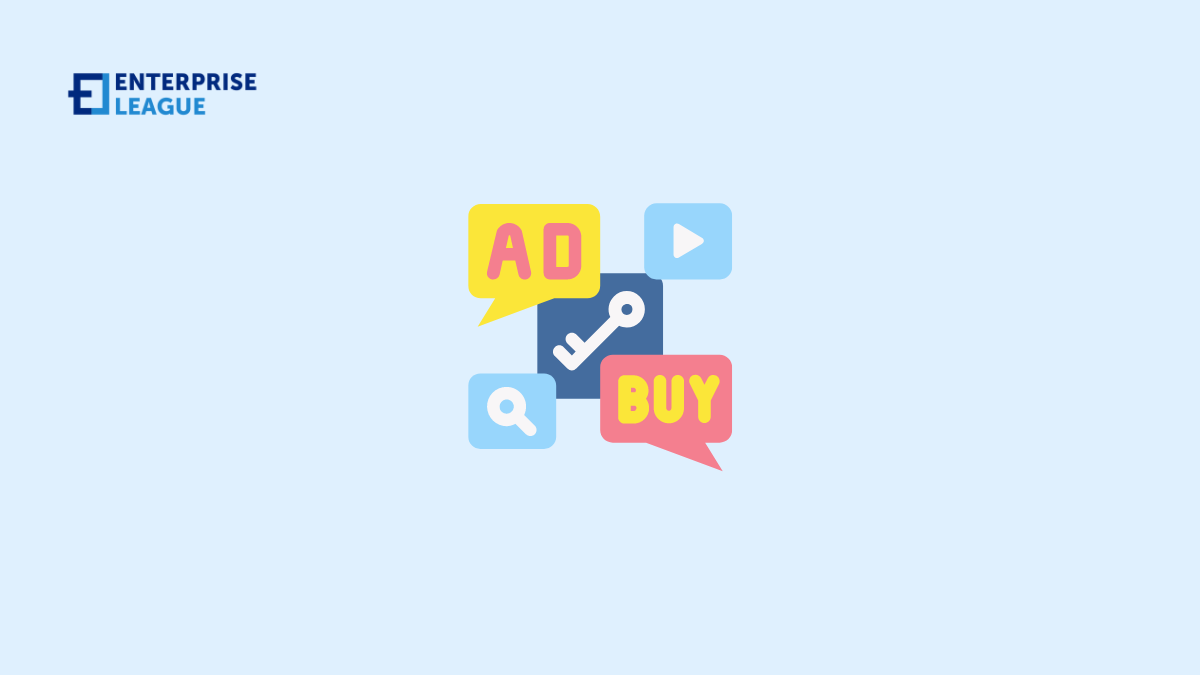Transporting a horse involves more than simply loading it into a trailer. When the stakes include international regulations, health certifications, quarantine rules, shipment timing and an animal's well-being, the process becomes a complex logistical project. If you...

11 profitable business ideas with no employees (2025)
It’s no secret that the workforce is becoming increasingly scarce, and businesses must find new and innovative ways to keep afloat. The future of business is one where we see more and more companies go the “employee-free” route. This means that rather than having employees who perform tasks that need to be done to operate the business, these companies will outsource these services to third-party providers. With so many advantages to going this route, it’s no wonder more and more businesses are turning their eyes towards it.
11 self-employed business ideas that you can start easily
Have you been looking for a business idea that doesn’t require employees? Well, here are 11 profitable business ideas with no employees that you should start looking into
Web development
Virtual assistant
With the current economy in flux, many people are looking for ways to make money that don’t require them to leave their homes. One great way to do this is through the use of Virtual Assistants. Virtual Assistants are skilled professionals who provide services online without worrying about the overhead costs associated with having employees.
This means you can start a profitable business as a Virtual Assistant without spending a lot of money on training or equipment. In addition, businesses that use Virtual Assistants often find that they can save money by using contracted workers instead of full-time employees. So if you’re looking for a way to make extra money, consider starting a Virtual Assistant business.
How much you can make: $30K – $80K annually
How much does it cost to start: $500 – $2K
How long does it take to build: 1-3 months
Freelancing
Freelancing is a great way to make money without worrying about the overhead costs associated with having employees. This means you can start a profitable freelance business without spending much on training or equipment. In addition, companies that use freelancers often find that they can save money by using contracted workers instead of full-time employees. So if you’re looking for a way to make extra money, consider starting a freelance business.
Many types of freelance work are available, so it’s important to research the options carefully before starting your business. There are also many ways to monetize your skills as a freelancer, so it’s important to find the best strategy for you.
How much you can make: $30K – $100K annually
How much does it cost to start: $500 – $2K
How long does it take to build: 1-3 months
Podcasting
Podcasts are a great way to promote your business without any employees. You can create and distribute your podcast without paying anyone or spending money on production. This allows you to keep all the profits from your podcast, which can be a great way to build your brand and reach new customers.
You can also use podcasts to increase awareness of your business. Creating a podcast allows you to share your story with your customers and potential customers. This can help them to understand your business better and trust you more. Podcasts are also a great way to learn about new trends and techniques that can be used in your industry.
How much you can make: $10K – $100K annually
How much does it cost to start: $500 – $2K
How long does it take to build: 1-3 months
Business coach
A business coach can also help you troubleshoot your current business operations and make sure your profits are increasing. They can provide tips on pricing, marketing, and other crucial aspects of running a successful business. Consider hiring a business coach if you’re looking for a comprehensive solution that doesn’t require any upfront investment.
If you’re interested in starting a successful business on your own, look into business coaching as a great option. You’ll be able to work with a professional who will help you achieve your goals and be there to support you every step. With a little hard work and dedication, you could earn an income as a business coach in no time!
How much you can make: $50K – $150K annually
How much does it cost to start: $1K – $5K
How long does it take to build: 3-6 months
Online tutoring
Online tutoring is a growing industry, and there are many opportunities for those willing to invest time and effort into it. The first step in starting an online tutoring business is to create a user-friendly and easy-to-navigate website. The website should also have features that allow students to book appointments and track their progress. Having a strong branding strategy is also essential, so students know who you are and what you offer.
To attract students, it is important to offer high-quality services at affordable prices. You can charge a flat fee or hourly rate or submit a combination of both. You should also provide valuable resources, such as lesson plans and homework help tutorials, so students feel confident using your services.
How much you can make: $30K – $80K annually
How much does it cost to start: $500 – $2K
How long does it take to build: 1-3 months
Photography
Photography is a fun and profitable activity that can be done with or without employees. There are many ways to start a photography business on your own. You can either use your equipment or outsource some of the work to someone else. One way to make money from photography is to sell prints or digital files. You can also sell photographs through online galleries or create a photo book and sell copies of it. You could also create a portfolio website and offer prints and digital files for sale.
If you have any special skills or knowledge related to photography, you could offer consulting services to other businesses or individuals. This would involve helping them design their photography portfolios, teaching them about photography techniques, or providing guidance on how to market their photos.
How much you can make: $30K – $100K annually
How much does it cost to start: $1K – $5K
How long does it take to build: 3-6 months
Fitness instructor
One profitable business idea with no employees is to start a fitness instructor business. This business can be run from the comfort of your home, requiring very little investment. All you need is a good set of exercise equipment and some instruction. They can charge high rates for their services, and there is potential for a lot of income.
Additionally, fitness instructors can be a very flexible way to work. You can work as little or as much as you want and set your hours. This means that fitness instructors are an excellent option for people who have busy schedules.
How much you can make: $30K – $100K annually
How much does it cost to start: $1K – $5K
How long does it take to build: 3-6 months
Travel planner
If you are looking for business ideas with no employees consider starting a travel planner business. Travel planners can help people plan trips to all kinds of different locations, and this can be a very lucrative business. Travel planners can charge high rates for their services, and there is potential for a lot of income.
There are many ways to make money with a travel planner. You could sell tickets directly to customers or through a travel agency. You could also offer tours or rental cars. Or you could run your own business and offer services as an independent travel planner.
How much you can make: $30K – $80K annually
How much does it cost to start: $500 – $2K
How long does it take to build: 1-3 months
Dropshipping
Dropshippers can sell products online – this means that they do not have to carry any inventory, and they do not have to pay any overhead costs. Dropshipping can be a very profitable business, and it requires very little investment. All you need is a good set of dropshipping tools and some instructions.
Dropshippers can charge high rates for their services, and there is potential for a lot of income. Additionally, dropshipping can be a very flexible way to work. You can work as little or as much as you want and set your own hours. This means that dropshipping is an excellent option for people who have a busy schedule. There are many ways to make money with a travel planner. You could sell tickets directly to customers or through a travel agency. You could also offer tours or rental cars. Or you could run your own business and offer services as an independent travel planner.
How much you can make: $30K – $100K annually
How much does it cost to start: $1K – $5K
How long does it take to build: 3-6 months
Personal chef
A Personal Chef is one of the most profitable business ideas with no employees. A Personal Chef cooks meals for individuals or couples in their homes, offices, or other locations. They cook from scratch and use only the freshest ingredients. This service is perfect for busy people who don’t have time to cook or for people who want to eat healthily but don’t have the time to prepare their meals.
How much you can make: $30K – $100K annually
How much does it cost to start: $1K – $5K
How long does it take to build: 3-6 months
Conclusion
The benefits of lower overhead costs, flexibility, and tapping into specialized skill sets on demand make employee-free business ideas enticing for many entrepreneurs. By leveraging technology and optimizing operations for automation, with some innovative thinking, the possibilities are endless for launching a thriving business without the need for employees.
More must-read stories from Enterprise League:
- Creative art business ideas for turning your artistic talents into profits
- Clothing business ideas you should be aware of.
- Creative and profitable dog business ideas for dog lovers.
- Creative couple business ideas you should be aware of.
- Profitable agricultural business ideas you should consider starting.
Related Articles
What Companies Offer Horse Transportation Services? 5 Options to Review
Financial and Fintech Software Development Companies to Consider
Financial and fintech software development is crucial for organizations wanting to remain competitive in an increasingly digital marketplace. Leaders and decision-makers must be able to understand complex regulatory requirements while meeting the growing expectations...
Internet Service Providers: What You Need to Know
You need a fast connection for streaming shows, working from home and playing video games, so finding the right internet company is essential. The crowded market of providers includes promises of good deals and unrestricted connections. What are the top...
6 B2B Lead Finder Tools That Help You Book More Meetings
Sometimes, all it takes is one meeting to get your big break. To get there, you have to send out dozens of emails, follow up politely, and even try to personalize your approach for maximum engagement. But, if you aren't talking to the right people, it doesn't matter...
Realmo brings commercial real estate analytics to Main Street, expanding its AI navigator to over 9 million U.S. properties
[Boston, MA: 25 Nov 2025] A next-generation commercial real estate decision-support platform Realmo announces today an expansion of its database to over 9 million commercial properties across the U.S. This milestone provides investors, sellers, and deal-makers with an...
















